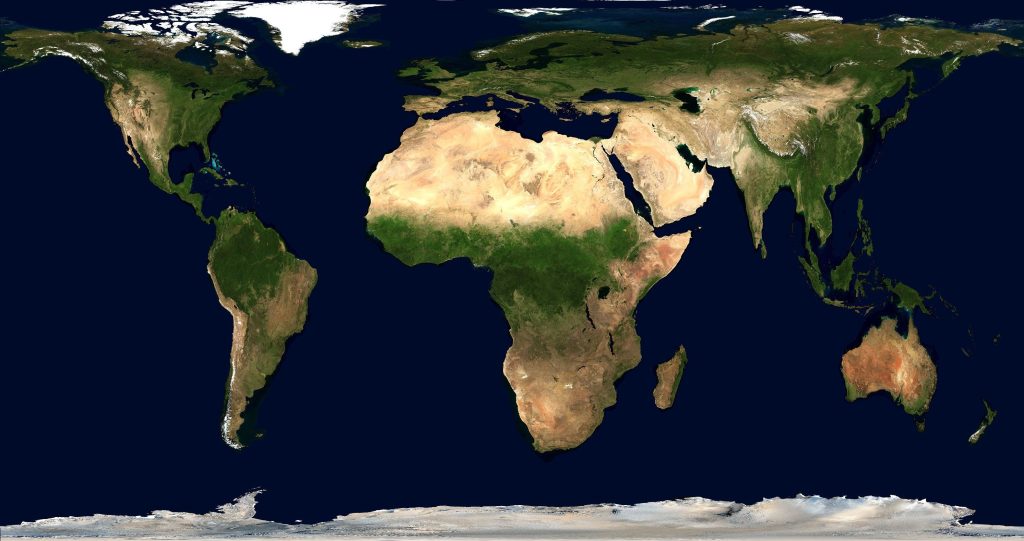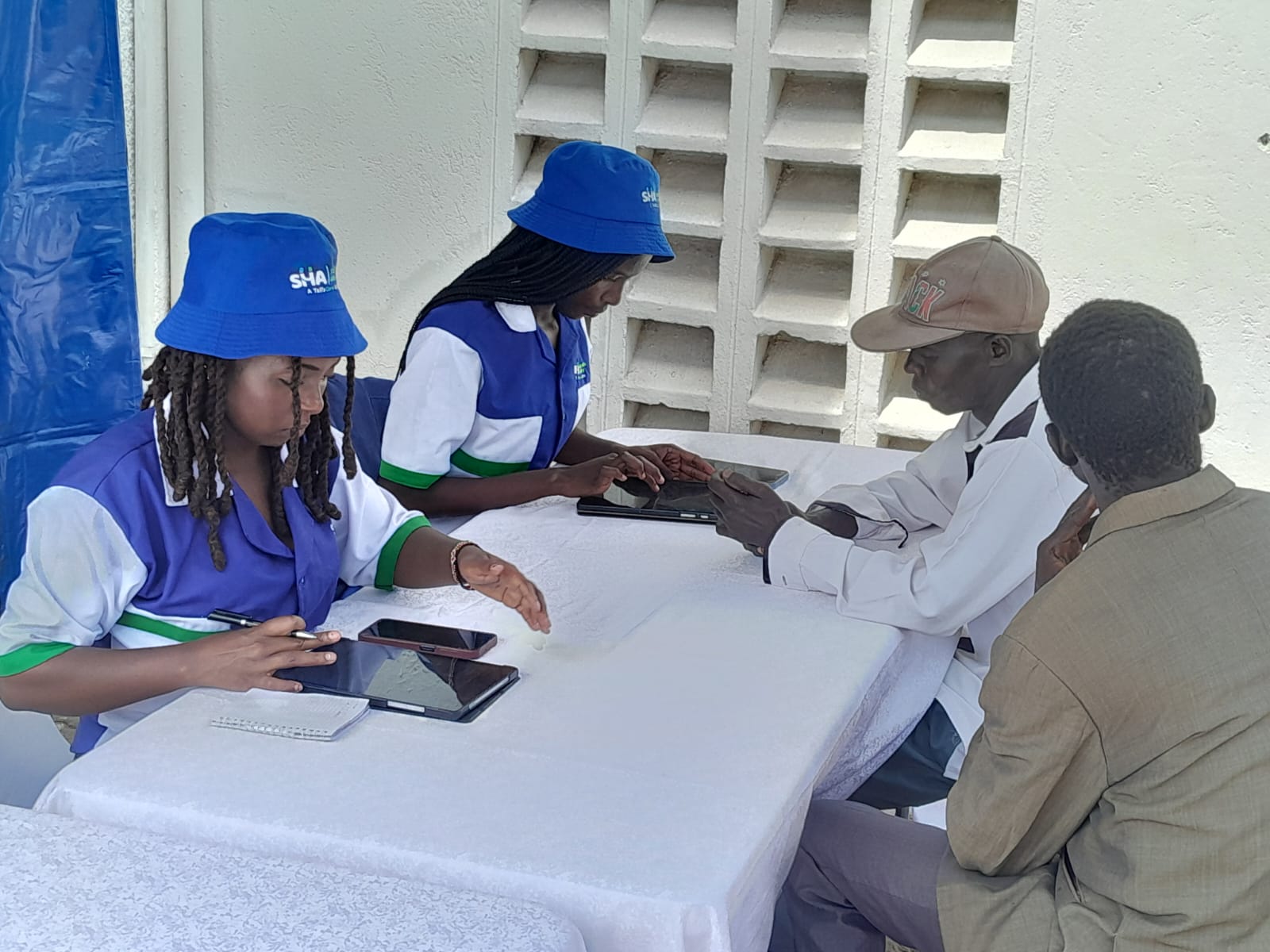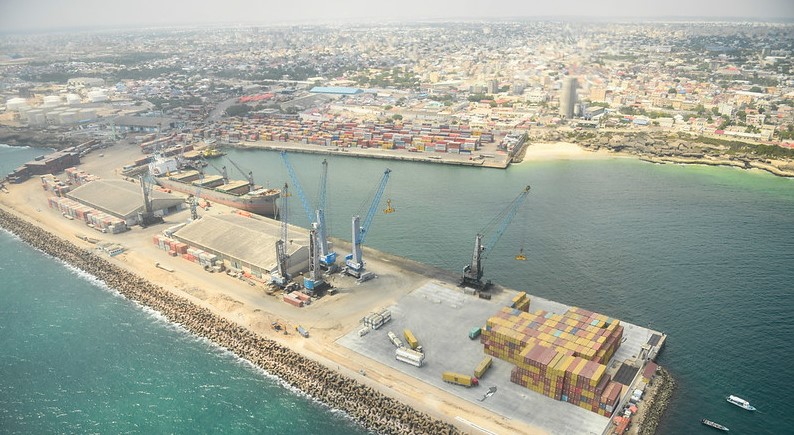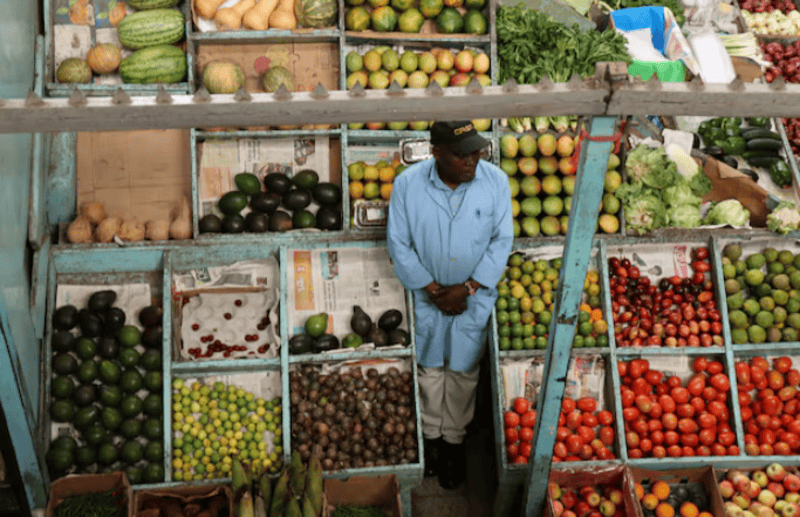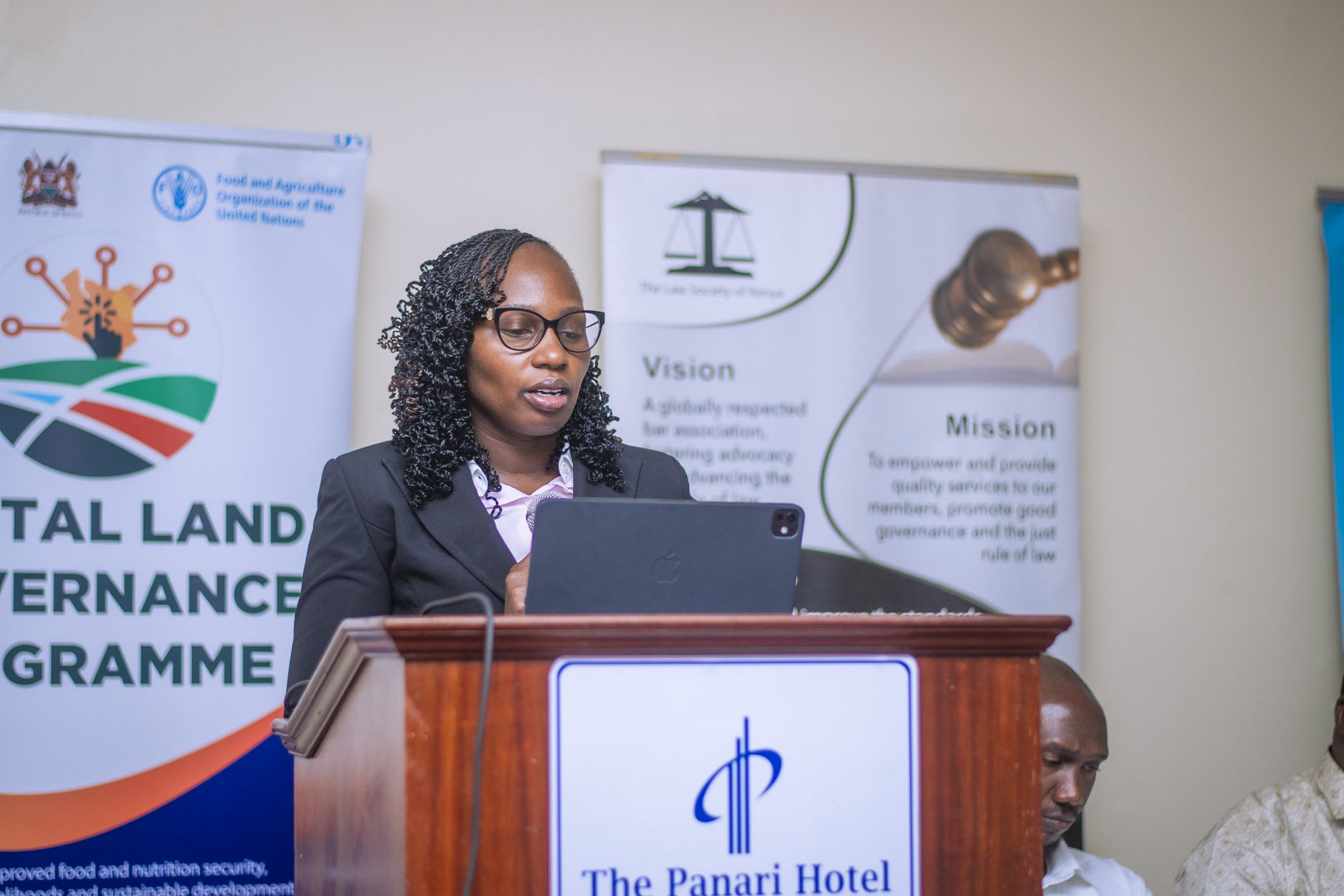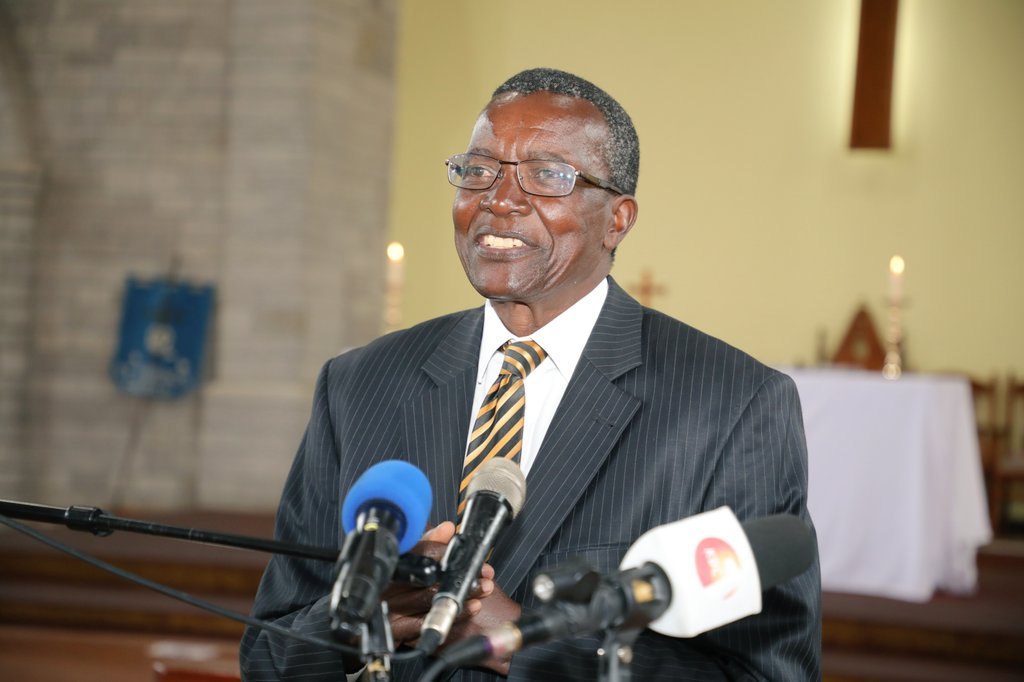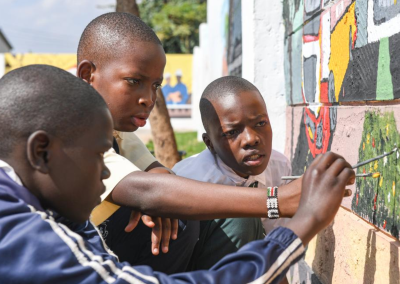Kenya refugee camps face hunger crisis as WFP warns food aid could drop to 28pc
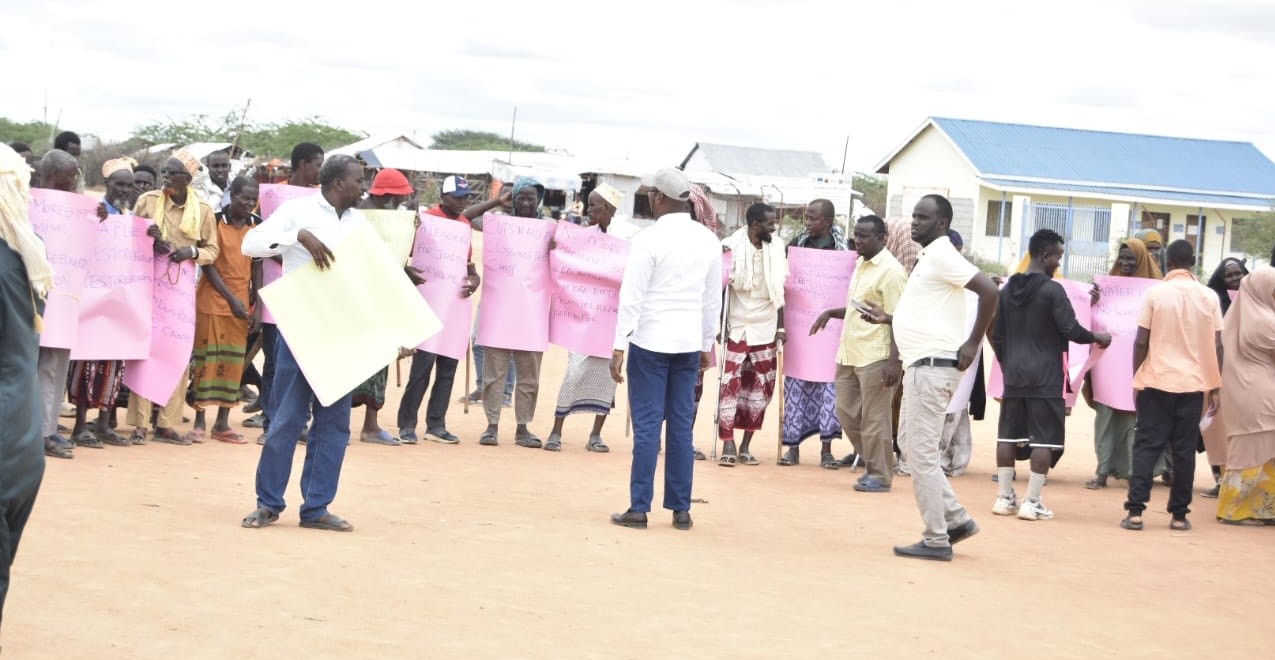
This alarming development comes amid a surge in refugee numbers, driven by escalating conflict and drought in neighbouring Somalia and South Sudan, leaving many vulnerable to worsening food insecurity.
Kenya’s refugee camps in Dadaab, Kakuma, and Kalobeyei are facing a worsening hunger crisis, with nearly 720,000 refugees expected to receive only 28 per cent of their required food rations from June onward unless emergency funding is secured, the UN World Food Programme (WFP) has warned.
This alarming development comes amid a surge in refugee numbers, driven by escalating conflict and drought in neighbouring Somalia and South Sudan, leaving many vulnerable to worsening food insecurity.
More To Read
- UNHCR data shows steady rise in refugee numbers in Kenya
- Kenya hit hard as therapeutic food supplies dwindle
- Ethiopia begins registration of 7.4 million learners amid education crisis
- WFP aid convoy attacked in Sudan's North Darfur, food relief trucks torched
- 17 areas of Sudan "at risk of famine": UN spokesman
- Cholera kills 40 in Sudan’s worst outbreak in years
According to the WFP, refugees in Kenya are facing an escalating risk of hunger due to severe funding shortages.
The agency warned that without immediate financial support, food aid will be cut to its lowest level on record, with all cash-based assistance also coming to a halt.
WFP is urgently appealing for US$44 million (Sh5.68 billion) to fully restore food rations and resume cash transfers for refugees through August.
Desperate decisions
Without this support, officials warn that many may be forced into desperate decisions, such as selling belongings, pulling children from school, or returning to unsafe home regions.
“Less support will force refugees to make heartbreaking choices — parting with essential belongings, withdrawing children from school, or even a return to home countries despite the dangers,” said Sankoh.
“Food assistance is a vital safety net, and we remain committed to doing all we can to support refugees who are trying to rebuild their lives in safety.”
The funding crisis comes amid a significant increase in the number of refugees and asylum seekers in Kenya, a rise of over 70 per cent in the past five years, from approximately 500,000 to 843,000.
Ongoing conflict
This growth is largely attributed to people fleeing ongoing conflict and climate-related hardships in neighbouring countries, including Somalia and South Sudan.
Despite continued donor contributions, WFP reported that the funding has not kept pace with the growing needs.
Baimankay Sankoh, WFP’s Deputy Country Director in Kenya, said the organisation’s refugee support operations are under extreme pressure.
“WFP’s operations supporting refugees in Kenya are under immense strain,” said Sankoh.
“With available resources stretched to their limits, we have had to make the difficult decision to again reduce food assistance. This will have a serious impact on vulnerable refugees, increasing the risk of hunger and malnutrition.”
Malnutrition
WFP also highlighted alarming levels of malnutrition among refugee populations, with global acute malnutrition (GAM) rates surpassing 13 per cent among children and breastfeeding or pregnant women, a figure that exceeds emergency thresholds. Nutrition programmes for these groups were discontinued in late 2024 due to a lack of funding.
In addition to food aid, WFP continues to support longer-term resilience initiatives in partnership with Kenya’s Department of Refugee Services and United Nations High Commissioner for Refugees (UNHCR).
These include helping refugees and host communities access land for farming, improving water systems, and building local food markets. However, the agency stressed that food assistance remains a critical safety net for refugees.
Top Stories Today
